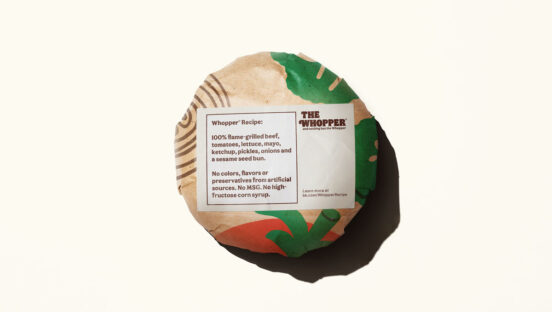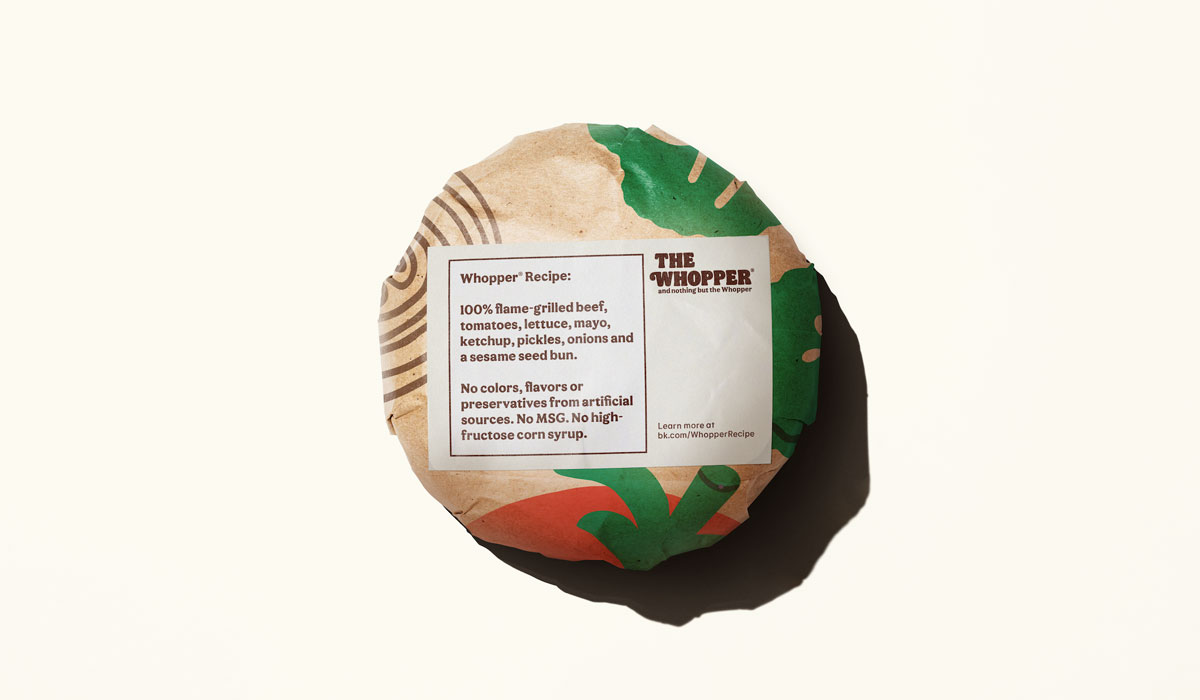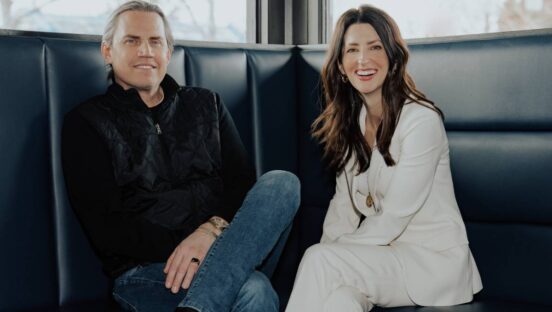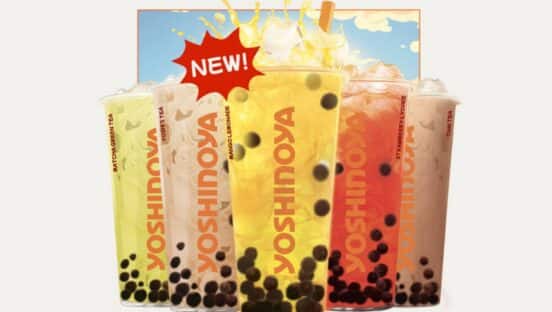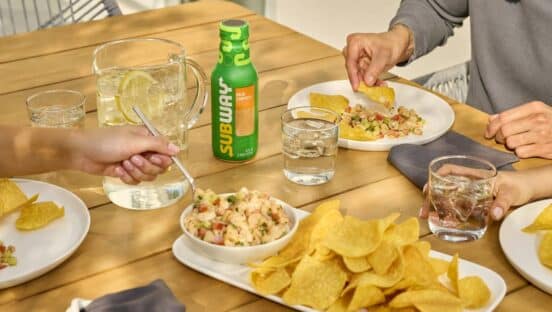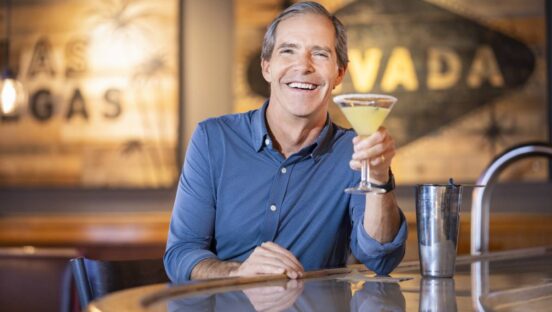The bad news is that Burger King has been here before. The good news is, so has Patrick Doyle.
The CEO who led Domino’s out of the pizza wilderness to the No. 1 position in the industry over the course of a decade now is at the controls of Burger King, which has spent decades parrying with Wendy’s for the No. 2 spot in the burger world behind McDonald’s. The goal of Doyle, and of Restaurant Brands International, the parent company that tapped him as executive chairman, is to get Burger King permanently ensconced as the unquestioned runner-up that is continually nipping at the dominance of the Golden Arches.
In the effort, Doyle isn’t just a hired hand: He’s got $30 million of his own money invested in putting Burger King on a better long-term trajectory, and a five-year contractual commitment to see it succeed. He’s also got a track record of success with Domino’s and comes to his new challenge with a roadmap for addressing many of the same issues at Burger King.
“I’ve done this before,” Doyle says. “I understand the dynamics and what it takes to get a [fast-food] business moving forward quickly and how to accelerate growth. Some of it is just experience. You can move quickly and confidently when you’ve done it before.”
After retiring from Domino’s in 2018, leaving the Michigan-based chain at the apex of the pizza industry, Doyle spent a few years with the giant Carlyle private-equity firm but didn’t engage in any major gambits there. Now with RBI, Doyle says, he’s drilling into “some big opportunities to create value here.”
Doyle notes that as an investor, “My incentives are perfectly aligned with those of the franchisees. The only way this will work in the medium to long term is if they’re thriving.”
READ MORE: Burger King is Cracking Down on Underperforming Franchisees
His new company is helping Doyle out by pairing him with Josh Kobza, recently appointed CEO of RBI, who over 11 years already has served as chief operating officer, chief financial officer, and chief technology officer for the Toronto-based operator and owner of Tim Hortons, Popeyes Louisiana Kitchen, and Firehouse Subs.
Before Doyle’s arrival, Burger King already launched an initiative known internally as “Reclaim the Flame:” a $400-million strategic-turnaround effort that includes substantial advertising and digital investments, restaurant remodelings, operational overhauls, and financial incentives for franchisees that successfully leverage what the parent company is doing for the brand.
“Their plans already seem to be hitting the mark in customer perceptions: technology, the store, quality—basically what Domino’s playbook was,” says Rich Shank, senior principal and vice president of innovation for Technomic, a restaurant-consulting firm in Chicago.
But huge obstacles loom, some of which are different than what Doyle faced when he became CEO of a woebegotten Domino’s in 2010. Franchisee health is a main thrust of Doyle’s plan, similar to the challenge he faced at Domino’s, but on a short-term basis it’s a strong concern for Burger King. The chain remains behind the leaders in important aspects of ordering and operations technology, and Burger King’s new management doesn’t yet have the bandwidth to overhaul some of the other fundamentals of today’s quick-service business, including breakfast and coffee.
Finally, there’s still Wendy’s. The brand isn’t sitting still for any new broadsides from RBI. The Dublin, Ohio-based giant is moving forward with its own revamp, which includes targeting systemwide sales growth in the mid-single-digit percentages through 2025 as it embarks on a restructuring plan to streamline costs and to improve financial returns for well-performing franchisees. That plan was announced at the same time Wendy’s largest shareholder, Trian Fund Management, said it was putting on hold its exploration of “strategic alternatives” for Wendy’s, such as a possible sale.
“I am confident that Wendy’s best days are yet to come,” Wendy’s CEO Todd Penegor told investors.
Nevertheless, Doyle is sanguine about the future of Burger King as well, in part because of the turnaround he led at Domino’s. When he was promoted to CEO of the company after serving as head of international operations and U.S. president for several years, Doyle immediately pivoted to making its pizza taste better, going so far as to apologize personally for Domino’s food quality in a TV commercial.
Just as important, Doyle prioritized the crucial matter of Domino’s franchisees confidence and health as the industry and the economy climbed out of the Great Recession, and he created a new growth arc for the brand on digital ordering and fulfillment technology that a decade ago was just starting to overtake the sector.

The turnaround track
After years of helping run Burger King and launching the “Reclaim the Flame” program last year with another ex-Domino’s executive, Tom Curtis, now president of the U.S. and Canada for Burger King, what Kobza sees today is commitment to “a very substantial investment” by RBI. “It’s a big and comprehensive plan to address all the areas that need focus over a multiyear period and brings the franchisees along. We’ll put in a lot of money up front, but it requires franchisees to have the confidence to invest as well. There’s a strong element of partnership and a long-term perspective.”
Adds Doyle, “We’re putting additional dollars in, and assuming we get franchisees to certain levels of profitability, they’ll pick it up and invest more into the brand in 2025 and 2026.”
To be sure, some Burger King franchisees face significant difficulties both in awaiting major improvements from the franchisor and coping with their own challenges, including rising wages and other costs, and the paucity of labor. Meridian Restaurants Unlimited, for instance, a 120-unit Burger King franchisee operating across the Plains and western mountain states, declared bankruptcy in March citing those and other issues.
And a couple of weeks after that, EYM King of Michigan, which operates in southern Michigan, moved to close 26 locations and lay off 424 employees after failing to reach a deal with RBI over undisclosed issues.
Kobza concedes franchisees “needed a comprehensive plan for meaningful investment from us to get momentum in the business again and for them to believe we were putting their success front and center. We have that plan in place, and though it is early, the steps we took to emphasize their profitability [were important].”
Doyle adds, “Restaurants haven’t looked the way they need to” in part because of franchisees’ difficulties. “We need to work cooperatively to improve their cash flow and other things to make their businesses great again. We’ve made a lot of progress in the last several months.” Burger King franchisees’ profitability was up by about 40 percent in the fourth quarter over a year earlier, Kobza says.
At the same time, Burger King has a challenging path ahead to get its digital technology up to par with the rest of the industry. “We have a lot of work to do, but we’re partway through,” Kobza says. Of the $400-million internal initiative, he explains, about $50 million is “just for franchisees to upgrade the technology in their restaurants: point-of-sale terminals, screens in the back of the restaurants, cabling—all will get a big push over the next year or so.”
It’s a good thing, says Olivier Thierry, chief revenue officer for restaurant-tech provider HungerRush. “Burger King is realizing that they have to digitally transform their operations; that’s clear,” he says. “They have to build out a tech stack that brings them into the 21st century.”
At Domino’s, Doyle’s challenge with technology was more about ensuring the chain could become a leader in the digital ordering and fulfillment methods that were just becoming available, especially mobile apps. Domino’s lunged into the online future with hundreds of new tech employees and a flurry of moves to revolutionize customer convenience in ordering pizza and tracking its delivery, and its success in that arena was probably the biggest factor in overtaking Pizza Hut near the end of Doyle’s tenure in 2018.
“It was a big revolution, because Domino’s hadn’t taken technology seriously prior to 2009,” says Aaron Nilsson, chief information officer of Jet’s Pizza, a regional chain based in Sterling Heights, Michigan, who was global in-store technology manager for Domino’s for about three years under Doyle. “It was a giant team effort. But the key thing he did is to take technology in-house and recognize it as a strategic thing and make sure the finances were there to make it happen.”
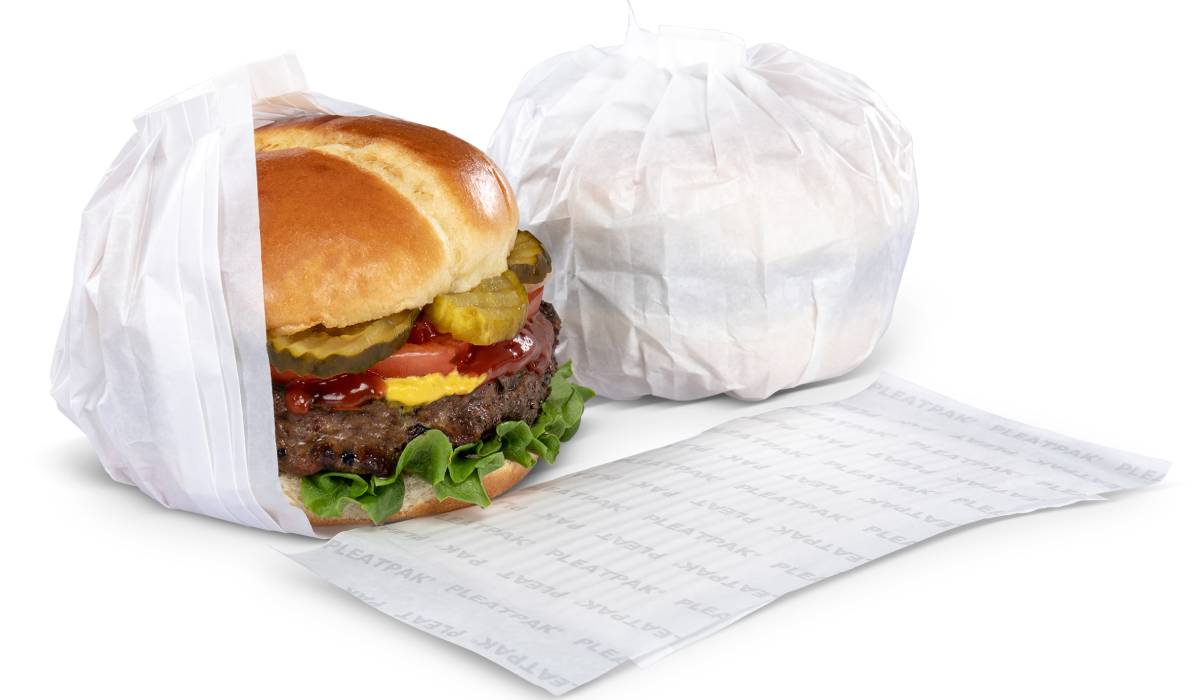
Whopper Rules
It won’t be as easy for Doyle and Kobza to leverage digital technology into huge gains at Burger King, Shank says. “They need to make improvements in technology infrastructure, but the wide-open spaces that Domino’s had—that opportunity has been erased for Burger King, because everyone has digital and mobile ordering now.”
Yet Burger King enjoys some big advantages over Domino’s back in the day. Chief among them, the Whopper. “The food is great, and it starts with the Whopper,” Doyle says. “It’s a terrific hamburger. And when you get people to try it, or try it again, and it’s well-executed in the restaurants, you’re going to have a customer that will stick with you.” Ultimately, he told investors in February, “that is how Burger King competes” with McDonald’s, not to mention Wendy’s and its fresh-meat positioning for hamburgers. Indeed, Curtis has referred to the Whopper as potentially a “multi-billion-dollar brand” on its own.
Consequently, Burger King’s new ad campaign emphasizes the Whopper. Its new jingle starts simply, “Whopper Whopper Whopper Whopper.” The first ad put a hip-hop spin on the chain’s classic jingle from the 1970s, “Have it your way,” also changing the tagline to, “You rule.”
“Burger King has to try to catch up with McDonald’s loyalty program,” Shank says, “and how they leapfrog it will have to be through some creative investments in innovation—not just in food, but in marketing programs. The Whopper jingle has created the earworm they needed to have.”
Kobza says the new advertising “is a smart and thoughtful approach and builds on a lot of our greatest strengths. And it makes sense to our customers.”
Notably, Burger King’s new advertising doesn’t rely on “The King,” a rendered form of the chain’s mascot that dominated its marketing for years as the chain kept using it to appeal to its core audience of young males “When you want to come out and say, ‘This is the new Burger King,’ you need a new wrinkle of identity,” Shank says. “They may use a crown somewhere, but it’s going to look different than ‘The King’ we’ve seen in the last decade or so.”
And Burger King is likely to take a different approach to its long-favored limited-time offerings, which the chain has used repeatedly over the years to appeal to a young base that’s always looking for something new.
“To get trial, [ltos] make all the sense in the world,” Doyle says. But he steadfastly disfavored LTOs at Domino’s because “if you discount on an ongoing basis to keep customers, it’s a bit dangerous. You have to be careful and know why you’re doing it.”
Otherwise, on the food front, Burger King has replaced its original new chicken sandwich, which was hand-breaded, with a later version that comes into the restaurant pre-breaded. “It’s easier to prepare,” Kobza says. “It’s doing well.”
At the same time, Kobza says, breakfast is “a meaningful daypart,” but Burger King isn’t likely to focus on boosting its breakfast menu—an area where McDonald’s excels—for a while. “Also, our whole beverage platform,” including coffee, is “on the radar. [They’re] a little further out in the calendar,” he says.
Shank adds Burger King could take advantage of “a big opportunity to do order-ahead coffee through their drive-thrus,” perhaps across a co-branding arrangement with Tim Hortons. “But unlike Starbucks, where food is an afterthought, coffee at Burger King would be about the whole meal. It has to be something consumers would crave every morning,” he says.
Committed to a long runway for his major new investment, Doyle notes he’s already satisfied with Burger King’s new tack. “I can’t touch anything for five years,” he says. “And it could certainly go longer than that, if I’m adding value. It’s $30 million. I’m all in.”

